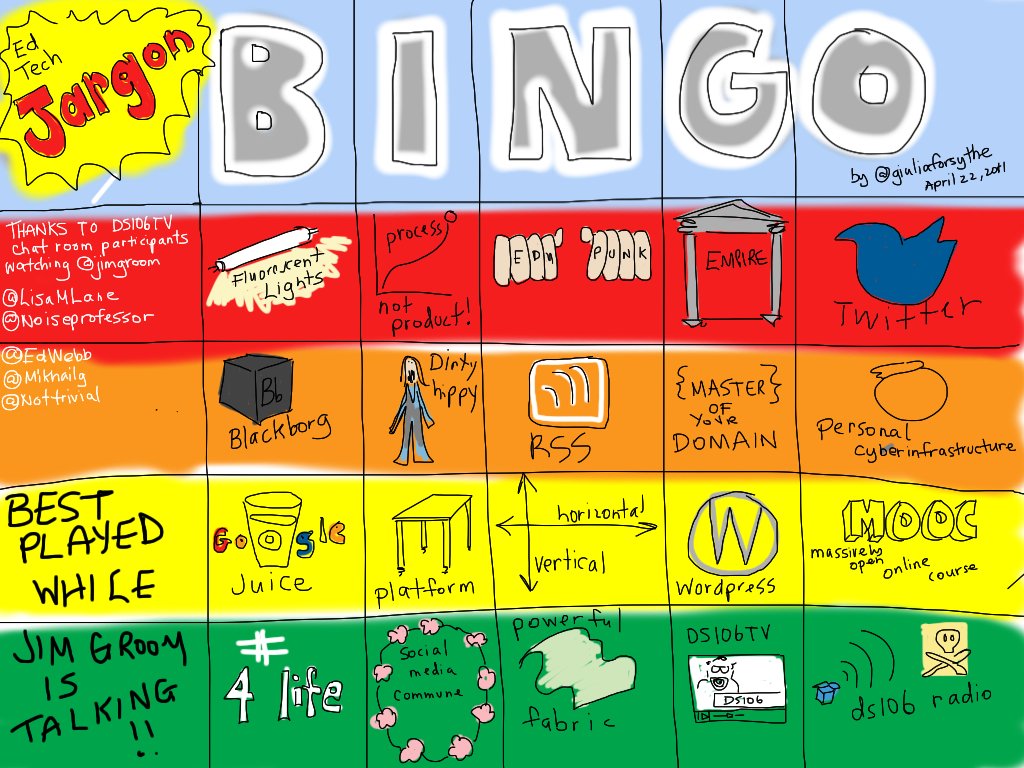In today’s digital age, online shopping for cat products has become a norm for many pet owners. It’s convenient, offers a wide array of choices, and often comes with reviews to help make informed decisions. However, not all reviews are genuine. Some are fake, designed to mislead consumers into buying subpar products. This article will guide you through the telltale signs of fake cat product reviews, ensuring you make the best choices for your feline friends.
Understanding the Prevalence of Fake Reviews

Fake reviews are more common than one might think. Many companies use them to artificially inflate their product ratings and attract more buyers. It’s crucial to understand that these reviews can be found on major e-commerce platforms as well as smaller niche sites. Recognizing the prevalence of fake reviews is the first step in learning to spot them. By being aware of their existence, you can approach reviews with a critical eye, rather than taking them at face value.
Spotting Overly Positive Language

One of the most common signs of a fake review is the use of overly positive language. If a review sounds too good to be true, it probably is. Genuine reviews often mention both pros and cons, providing a balanced perspective. On the other hand, fake reviews tend to use superlatives and exaggerated claims without any mention of potential drawbacks. Look out for phrases like “absolutely perfect” or “life-changing,” as these are red flags.
Checking for Repetitive Phrases

Fake reviews often contain repetitive phrases or keywords. This is because they are usually generated by scripts or written by individuals following a specific template. If multiple reviews for a product sound eerily similar, there’s a good chance they’re fake. Pay attention to the language used and see if the same phrases or sentences appear repeatedly across different reviews.
Looking for Generic Descriptions

Genuine reviews tend to provide specific details about the product and the user’s experience. Fake reviews, however, often contain generic descriptions that could apply to any product. For instance, a review saying, “This product is great for all cats,” without mentioning any specific features or experiences, is likely fake. Authentic reviews usually include personal anecdotes or specific situations in which the product was used.
Analyzing Reviewer Profiles

Examining the profiles of reviewers can provide valuable insights. Fake reviews are often posted by accounts that have reviewed numerous products in a short period or have no profile picture and minimal details. Genuine reviewers usually have a more diverse review history and may even include pictures of the product in use. Checking the reviewer’s profile can help determine the authenticity of their feedback.
Identifying Suspicious Timing

The timing of reviews can also be a clue. If a product suddenly receives a surge of positive reviews within a short period, it’s worth investigating further. This sudden influx could be the result of a campaign to boost the product’s rating artificially. Genuine reviews tend to trickle in over time as more people purchase and use the product.
Recognizing Unverified Purchases

Many e-commerce platforms mark reviews from verified purchases. These are reviews from individuals who have bought the product through the platform. While not foolproof, verified purchase reviews are generally more reliable than those that aren’t. Be cautious of products with a high number of unverified reviews, as these could be fake.
Evaluating the Length and Detail of Reviews

Short, vague reviews are often a red flag. Genuine reviewers usually take the time to explain their experience in detail, especially if they are passionate about the product. Fake reviews, on the other hand, tend to be brief and lacking in substance. Look for reviews that provide a comprehensive overview of the product, including both positive and negative aspects.
Using Review Analysis Tools

There are several online tools available that can help analyze the authenticity of reviews. These tools use algorithms to detect patterns and inconsistencies in reviews, providing a credibility score. While not perfect, they can be a helpful resource in identifying fake reviews. Consider using these tools as part of your review evaluation process.
Cross-Referencing with Multiple Sources

Don’t rely solely on one platform for reviews. Cross-referencing reviews across multiple sites can provide a more comprehensive picture of a product’s quality. If a product receives consistent feedback across various platforms, it’s more likely to be genuine. On the other hand, if reviews vary significantly, it may be worth investigating further.
Being Wary of Emotional Manipulation

Fake reviews often attempt to manipulate emotions to drive sales. They may use heartwarming stories or dramatic claims to persuade buyers. Genuine reviews, while they may be emotional, tend to focus more on practical aspects and personal experiences. Be cautious of reviews that seem overly emotional or sensationalized.
Looking for Common Patterns
Patterns in reviews can indicate fakery. If several reviews mention the same uncommon feature in similar ways, it could be a sign that they’ve been orchestrated. Genuine reviews are typically diverse in their focus, reflecting the varied experiences of different users. Spotting these patterns can help you identify fake reviews more easily.
Examining the Use of Jargon

Fake reviews sometimes use technical jargon or buzzwords to sound credible. However, genuine reviews often explain these terms or use more straightforward language. If a review is filled with industry-specific terms without any explanation, it might be an attempt to sound authoritative without offering real value.
Noticing the Absence of Personal Stories

Personal stories can add credibility to a review. They provide context and make the review more relatable. Fake reviews often lack these personal touches, focusing instead on generic praise or criticism. Look for reviews that share specific experiences or anecdotes, as these are more likely to be genuine.
Observing the Reviewer’s Tone

The tone of a review can reveal its authenticity. Genuine reviews often have a natural, conversational tone, while fake reviews might sound forced or overly formal. Trust your instincts; if a review feels off or doesn’t resonate with you, it might be worth scrutinizing further.
Being Cautious of Brand New Products
New products with a high number of glowing reviews can be suspicious. It takes time for a product to accumulate genuine reviews as more people purchase and use it. Be wary of new products with overwhelmingly positive feedback, as they may be relying on fake reviews to boost their profile.
Identifying Products with No Negative Reviews
No product is perfect, and genuine reviews will reflect that. A product with only positive reviews is likely being manipulated. Look for a mix of feedback, including constructive criticism. This diversity indicates a more authentic review pool and can provide a balanced perspective on the product’s strengths and weaknesses.
Seeking Out Independent Review Sites
Independent review sites can offer more unbiased feedback than retailer platforms. These sites often provide in-depth reviews from experts or enthusiasts who have tested the product thoroughly. While not immune to fake reviews, they can offer a more objective view and are worth consulting alongside other sources.
Trusting Your Instincts

Ultimately, trusting your instincts is crucial when evaluating reviews. If something feels off, take the time to investigate further. Use the tips outlined in this article to guide your assessment, but remember that your intuition is a valuable tool in spotting fake reviews. Trust yourself to make informed decisions for your beloved feline companions.
In conclusion, by being vigilant and employing the strategies outlined above, you can navigate the world of online cat product reviews with confidence. Your feline friends deserve the best, and with a little diligence, you can ensure they receive it.
Hi, I’m Bola, a passionate writer and creative strategist with a knack for crafting compelling content that educates, inspires, and connects. Over the years, I’ve honed my skills across various writing fields, including content creation, copywriting, online course development, and video scriptwriting.
When I’m not at my desk, you’ll find me exploring new ideas, reading books, or brainstorming creative ways to solve challenges. I believe that words have the power to transform, and I’m here to help you leverage that power for success.
Thanks for stopping by, Keep coming to this website to checkout new articles form me. You’d always love it!





